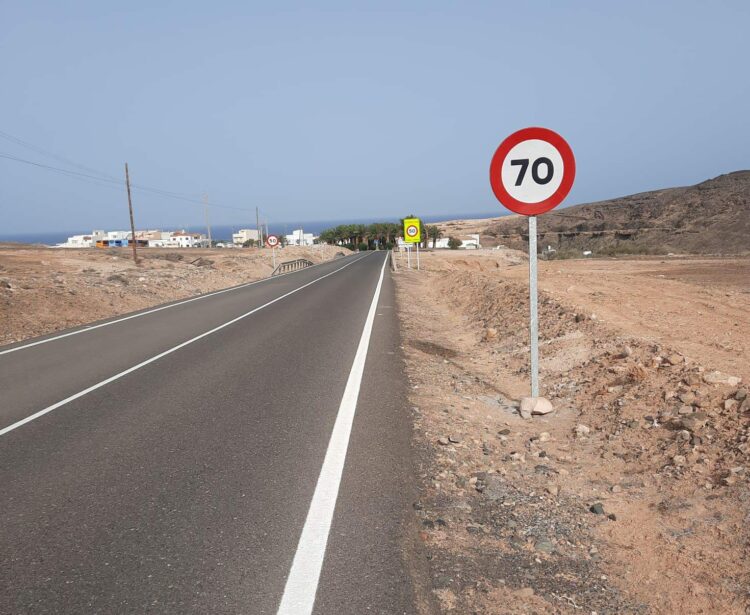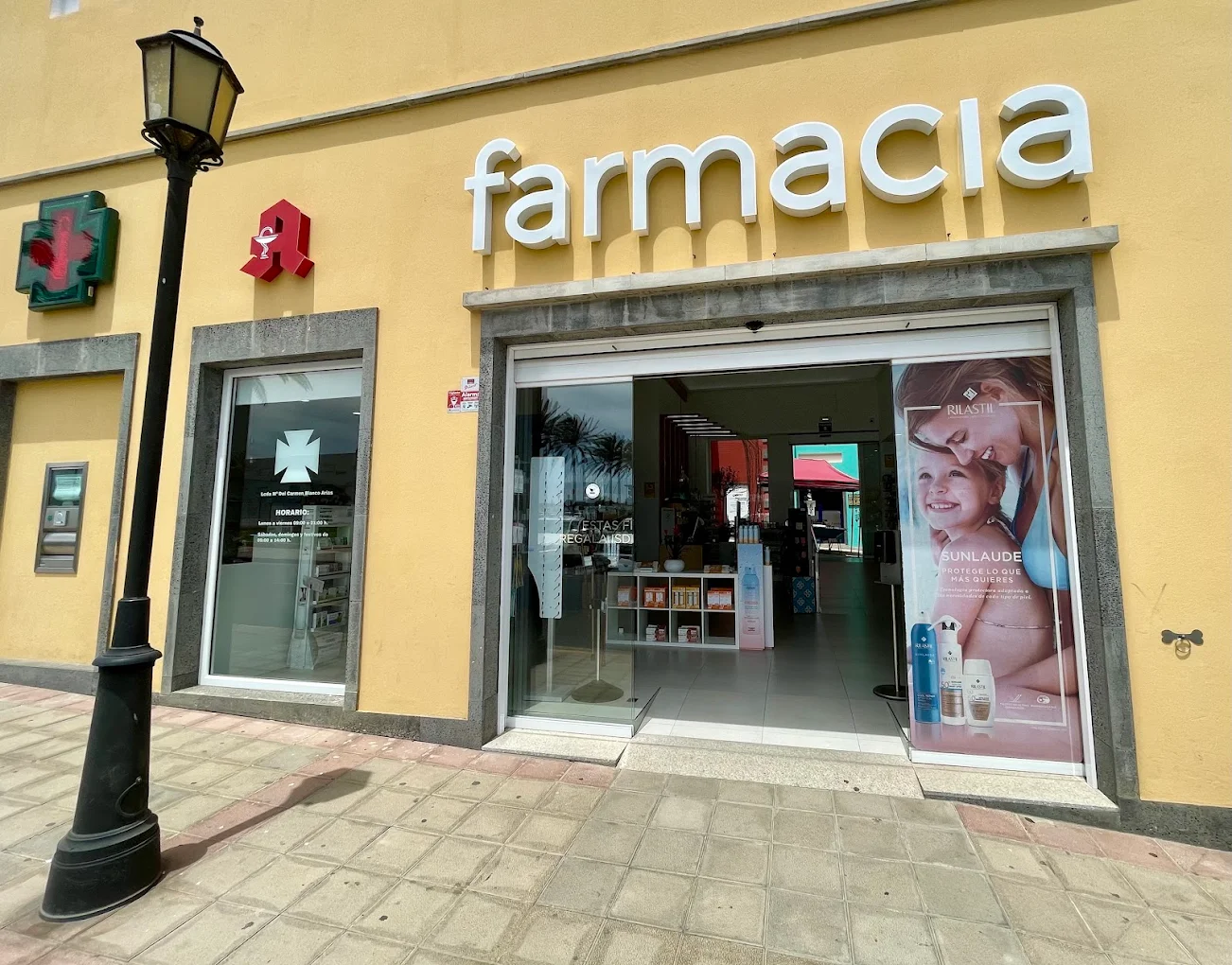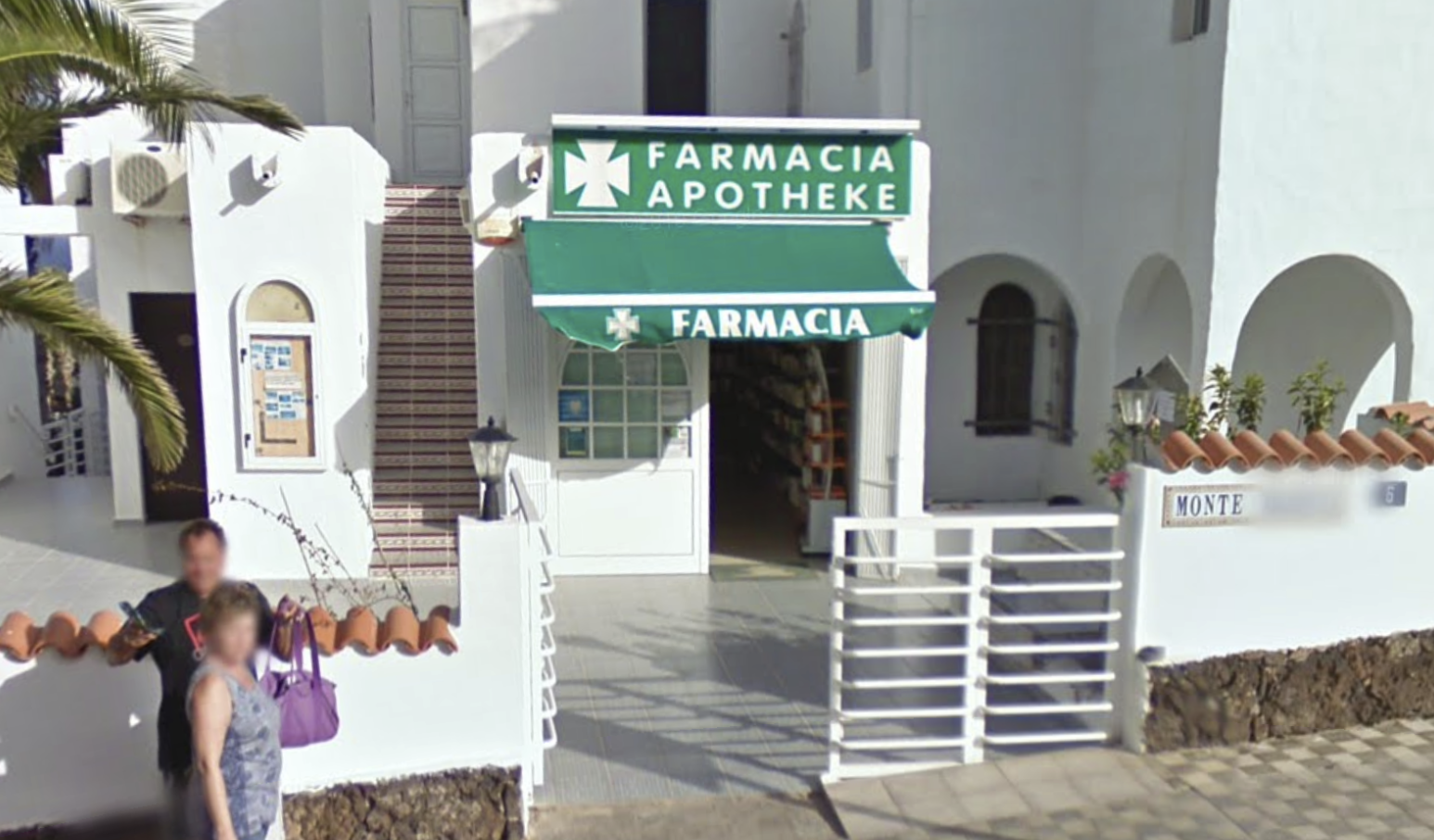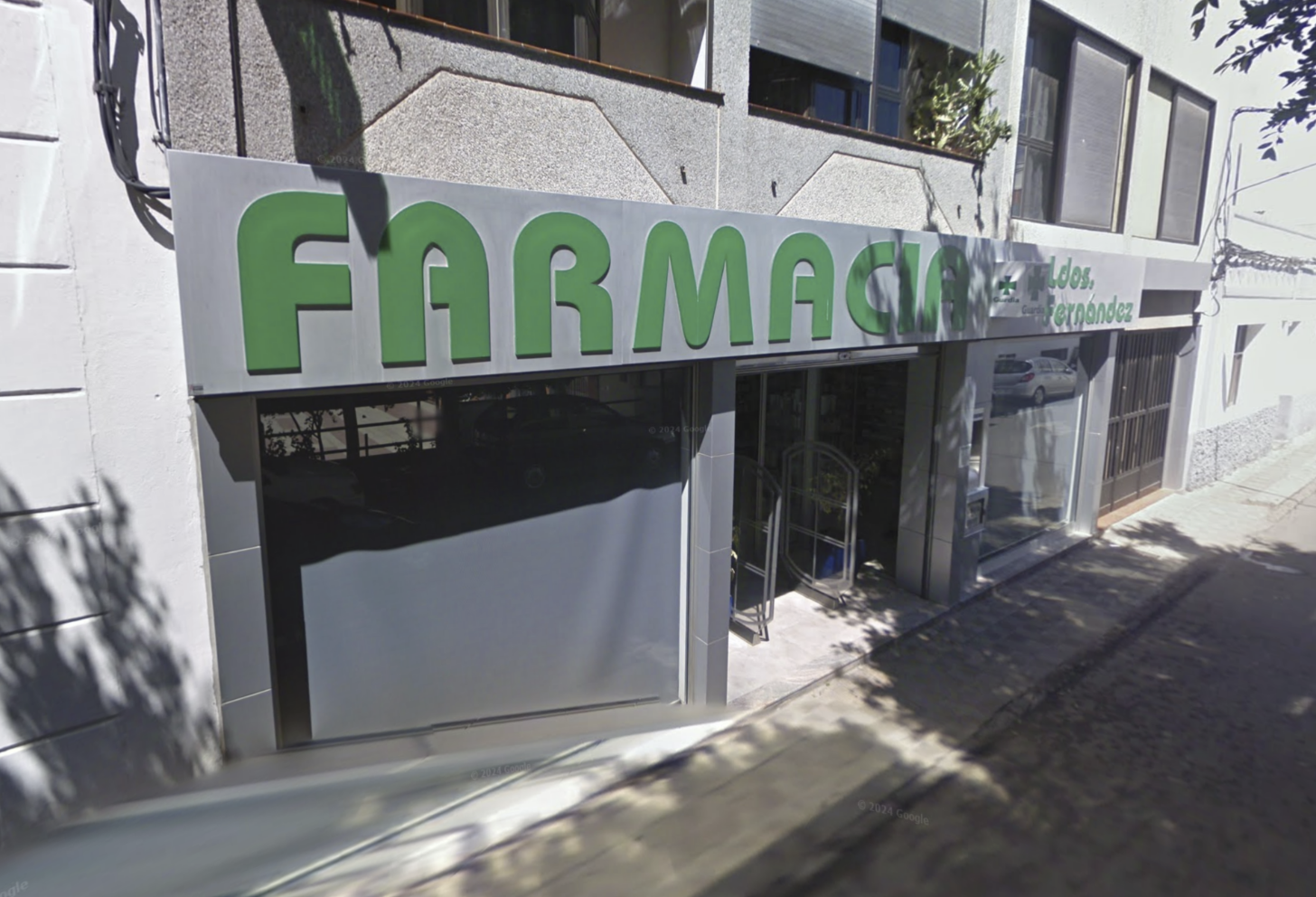Roads incorporates elements with carbon nanoparticles, NANOTEC, to the FV-621, for greater corrosion resistance
The Cabildo de Fuerteventura, from the Road Service, has proceeded to change the vertical traffic signs on the FV-621, which connects Pájara with Ajuy. The new road safety elements are made of the latest generation materials based on carbon nanoparticles. Now the beaconing is being changed with new beacons and milestones.
Blas Acosta, Councilor for Roads, emphasizes that the “main objective is to have a network of safe roads” to promote the mobility of people, goods and services across the island.
“The social welfare and quality of life in Fuerteventura has to do with the development of a healthy local economy that generates wealth, so from the Cabildo we put special care in everything that favors this development, especially public infrastructure,” says Blas Acosta.
The replacement of the vertical signs covering FV-621 is a good example of this policy. The previous ones had poor reflectance and visibility due to marine corrosion. The new NANOTEC signs are able to withstand the marine environment (more aggressive and corrosive) and shocks, reducing maintenance costs and durability.
NANOTEC signs incorporate carbon nanoparticles in a composite of fiber and resin, which increases the mechanical characteristics of the sign and makes it lighter in weight compared to steel or aluminum signs. In addition, they pass with better results the regulated tests of tensile strength, breakage, elasticity and durability.
As for the beaconing of the FV-621, during this month of July the Road Service will also replace all the “cat’s eyes” beacons and will proceed to the installation of edge markers and barrier markers, for which the kilometer points between Pájara and Ajuy will be rearranged.













